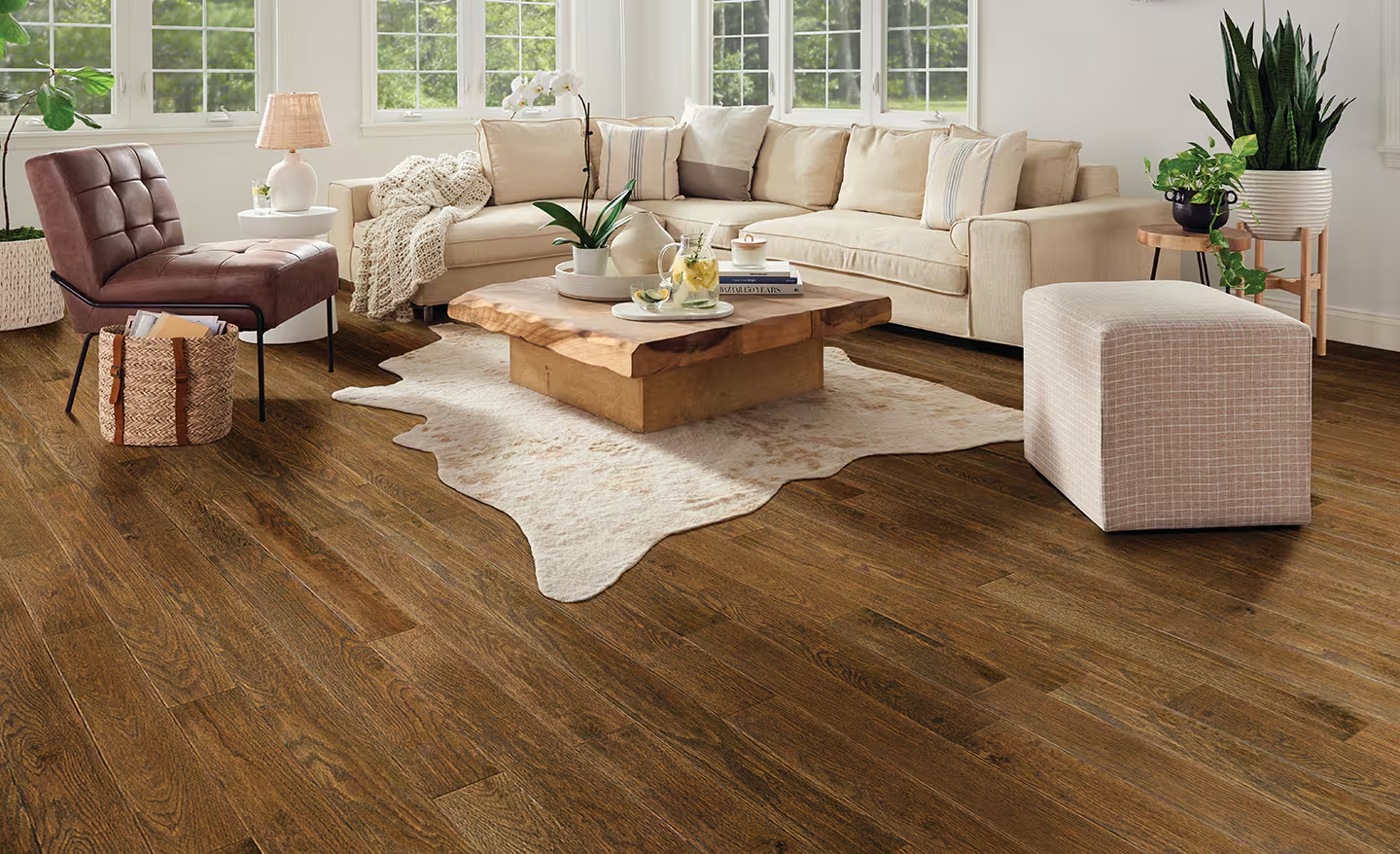Trends in Interior Architecture

An evolving culture is placing greater importance on interior architecture than on building exteriors, driven by advances in this field.
Interior design refers to either the initial layout of a building’s interior space, or to significant renovation for adaptive re-use purposes (transforming one type of space into another). Both require special skills.
Bioeconomy
This program equips students with the knowledge and tools to successfully integrate design thinking and technology into building interiors in ways that improve productivity, aesthetics, health and safety occupants. Through service learning opportunities and internships, they gain hands-on experience that broadens their professional skill set.
Project design and development services collaborate with clients, construction professionals, and vendors to coordinate project design and development. In addition, these experts conduct site visits, inspections, quality checks, and industry compliance tests in order to ensure compliance with industry standards and regulations.
Demand for innovative design solutions across industries in bustling cities continues to expand, necessitating interior architects to come up with solutions that are human-centric yet practical in nature. Now is an opportune time for those pursuing degrees in this niche field to pursue studies in interior architecture.
Interaction with the Environment
Interior design differs from architecture in that it deals with the interiors of individual spaces as opposed to the overall structure of construction projects. Interior design can be considered more of an art than science as it includes aspects of both decor and architecture in its process.
Interior architects are responsible for conceptualizing and planning all components of a build – structural, electrical, plumbing and any other elements that contribute to its functionality – including sustainable features like alternative heating or lighting options.
Interior architects must design buildings that comply with all relevant laws and regulations, collaborate with surveyors, renovators, and maintenance personnel on building construction, renovation, or maintenance, revamp an existing structure into something completely different with only minor alteration required or completely rebuild it; all while using creativity for structural problem-solving.
Adaptive Re-use of Spaces
Reusing existing buildings is an emerging trend in interior architecture. Repurposing them helps save energy and resources by reducing waste, preserve architectural heritage, revitalize communities, promote sustainable growth and development by offering housing options and commercial spaces, as well as promote overall community renewal.
As such, adaptive renovation is experiencing increased demand. Unfortunately, however, defining adaptive reuse in a concise and consistent manner is hard due to its wide array of possible approaches; therefore, Wong suggests that one effective way of understanding adaptive reuse would be viewing it as a form of practice.
Interior architects take an integrative approach when redeveloping adaptive reuse projects, drawing from various skills and knowledge to minimize environmental impacts of adaptive reuse projects. A professional interior architect can reduce this impact by selecting materials that support sustainability goals; insulation upgrades; fenestration upgrades; moisture management services. Furthermore, they ensure a comfortable and healthy space by controlling temperature; promoting natural sunlight exposure and eliminating pollutants from entering; as well as providing maintenance to keep costs at a minimum.
Contextualization
Contextualization in interior architecture refers to designing buildings to reflect, complement and blend in with their environment. This practice is especially essential when developing areas of outstanding natural beauty or conservation areas where designs should blend in harmoniously with local vernacular and landscape without causing disruptions.
Interior architects can come in handy here; they specialize in crafting designs that blend naturally into their surroundings by employing organic materials and hues that complement nature rather than standing out against it.
Adaptive reuse design also plays a vital role in this type of architecture, such as refurbishing old office blocks or warehouses into apartments. To do this, architects collaborate with builders and technicians in order to transform these existing structures into housing or office spaces that reduce waste while simultaneously keeping costs at a minimum. This approach helps preserve existing structures while keeping project costs to a minimum.






